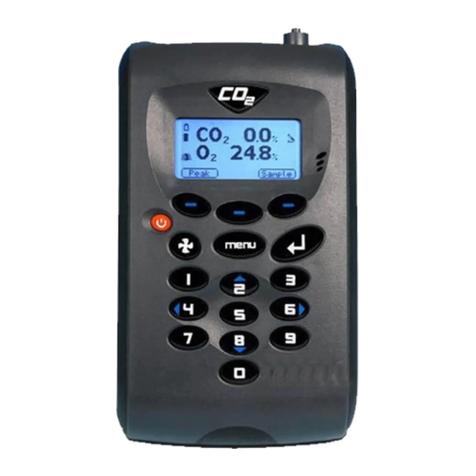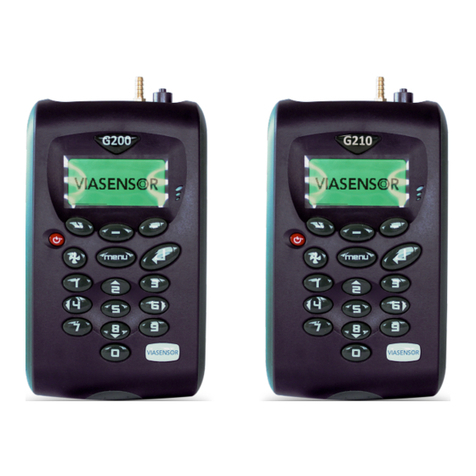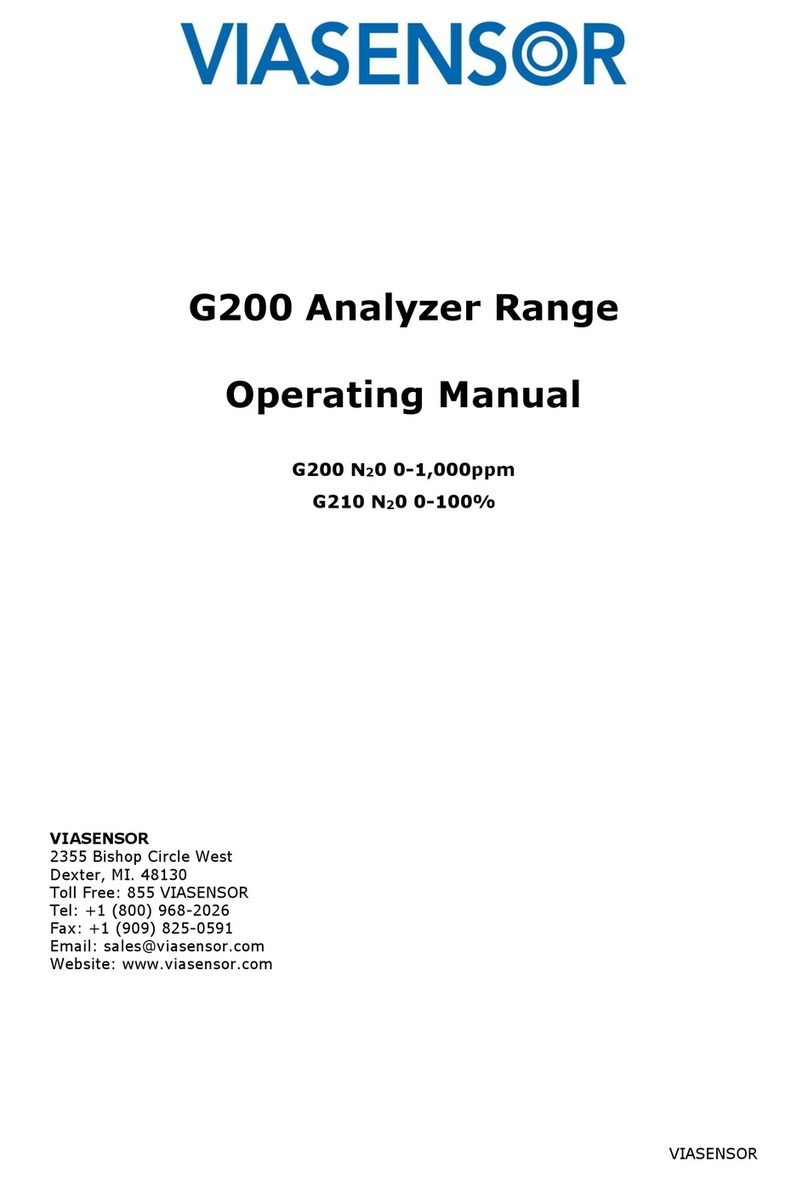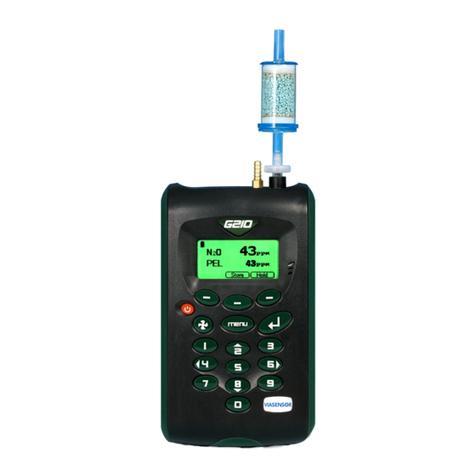
G100 Range OMG100N1.16
Page !
Table of Contents
!
1.0!MANUAL GUIDELINES ...................................................................................... 5!
1.1!Document History ............................................................................................ 5!
1.2!Safety Related Information ............................................................................... 5!
1.3!Notes.............................................................................................................. 5!
2.0 INTRODUCTION.................................................................................................. 6!
2.1!The G100 Analyzer Range ................................................................................. 6!
2.2!Instrument Components - Standard Product ....................................................... 7!
3.0!G100 RANGE OPTIONAL PRODUCTS AND ACCESSORIES.................................. 8!
3.1!Optional Products............................................................................................. 8!
3.1.1!Analyzer Data Manager (Optional) ................................................................ 8!
3.1.1.1!Event Log............................................................................................. 8!
3.1.2!Temperature Probe Reading (Optional) ......................................................... 8!
3.1.3!Humidity Probe Reading (Optional)............................................................... 9!
3.1.4!Oxygen Reading (Optional).......................................................................... 9!
3.2!Instrument Accessory Products........................................................................ 10!
4.0!INSTRUMENT FEATURES ................................................................................ 11!
4.1!Physical Characteristics of the Instrument Panel................................................ 11!
4.2!Panel Key Functions ....................................................................................... 12!
4.3!Instrument Connection Points ......................................................................... 13!
5.0 GENERAL OPERATIONAL INSTRUCTIONS......................................................... 14!
5.1!Switching the Instrument On .......................................................................... 14!
5.2!Switching the Instrument Off .......................................................................... 14!
5.3!Instrument Main Read Screen ......................................................................... 14!
5.4!Instrument Status Icons ................................................................................. 15!
5.5!Entering Data ................................................................................................ 15!
5.6!Changing Between Parameters ........................................................................ 16!
5.7!Memory ........................................................................................................ 16!
5.8!Storage......................................................................................................... 16!
5.9!Main Menu..................................................................................................... 16!
5.9.1!Information ............................................................................................. 17!
5.9.2!Utilities.................................................................................................... 17!
5.9.2.1!Time & Date ....................................................................................... 17!
5.9.2.2!Contrast............................................................................................. 18!
5.9.2.3!Alarms............................................................................................... 19!
5.9.2.4!Settings ............................................................................................. 19!
5.9.2.5!Flow Fail ............................................................................................ 20!
5.9.2.6!Logging.............................................................................................. 22!
5.9.2.7!Reset................................................................................................. 23!
5.9.3!Calibration ............................................................................................... 23!
5.9.4!View Data ................................................................................................ 23!
5.9.4.1!Clear Reading Memory......................................................................... 24!
5.9.5!Diagnostics .............................................................................................. 24!
5.10!Warning and Error Codes ............................................................................. 25!
5.11!Battery/Charging......................................................................................... 25!
6.0!TAKING READINGS ........................................................................................ 26!
6.1!Preliminary Checks - Best Practice ................................................................... 26!
6.2!Gas Measurement Process – Best Practice......................................................... 27!
6.3!Alternative Reading Methods ........................................................................... 28!































